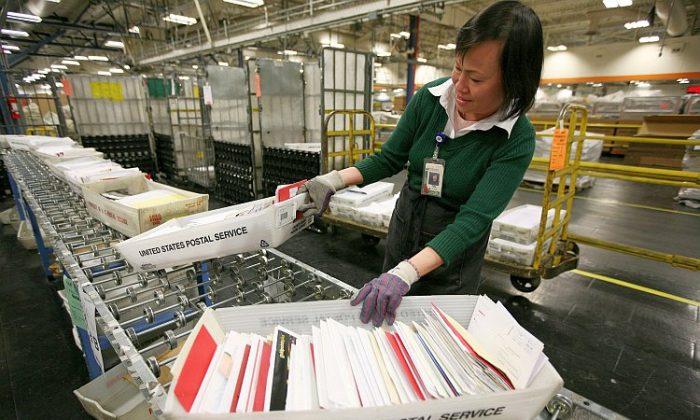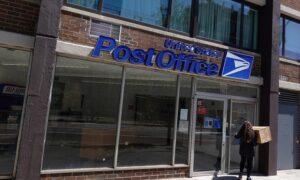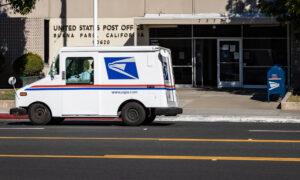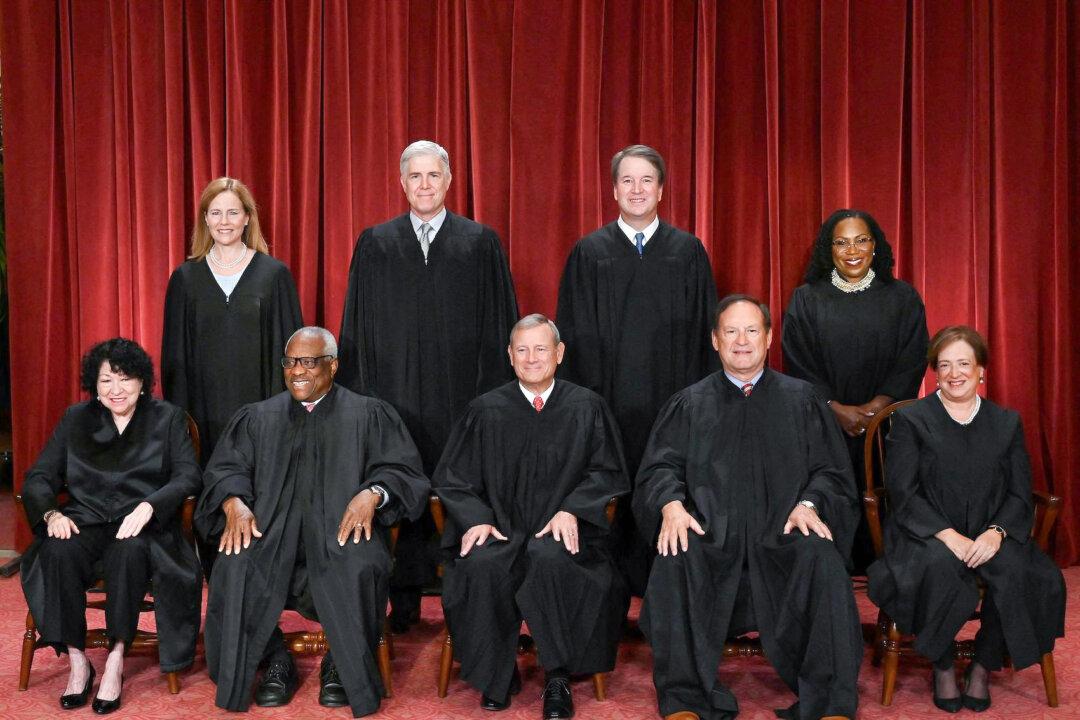The U.S. Postal Service this week said it will try to hike the price of first-class stamps by 5 cents starting this summer.
First-class stamps won’t be the only item that will see a price increase, the announcement noted. In all, price increases would apply to postcards, international mail, metered letters, and forever stamps.
The Postal Service noted that there would be no price increase for post office box rentals and that there would be a 10 percent reduction for postal insurance prices. The USPS said it will attempt to obtain price adjustments for certified mail and money order fees.
“The additional-ounce price for single-piece letters increases from 24 cents to 28 cents,” it said. “The Postal Service is also seeking price adjustments for Special Services products, including Certified Mail and money order fees.”
The reason the USPS wants adjustments is that “changes in the mailing and shipping marketplace” have continued, it said.
Criticism
The proposed increase in prices drew criticism this week, with a former congressman arguing that the USPS is using inflation to gouge consumers.“The USPS consistently blames frequent postage hikes on inflation, but inflation is just a talking point, when rate increases are consistently far and above the Consumer Price Index,” Kevin Yoder, the head director of the advocacy group Keep US Posted, said in a statement.
Mr. Yoder, a former Republican House lawmaker who represented a district in Kansas, said that “price hikes are driving disastrous declines in mail volume, which is still the biggest money-maker for the USPS.”
“It’s time for the Postal Regulatory Commission to hit the brakes on price increases—and for Congress to take a hard look at the numbers and how they affect the financial solvency of the U.S. Postal Service,” he said.
In November 2023, the Postal Service reported a net loss of $6.5 billion for its fiscal year as revenue fell by 0.4 percent to $78.2 billion. The usage of first-class mail also dropped to its lowest levels in more than 50 years, the service said at the time.
A year before that, Postmaster Louis DeJoy said that consumers should expect prices to increase.
“While our pricing decisions are ultimately made under the authority of the Board of Governors, in the near term, I will most likely be advocating for these increases,” Mr. DeJoy said at a meeting in 2022. “I believe we have been severely damaged by at least 10 years of a defective pricing model, which cannot be satisfied by one or two annual price increases, especially in this inflationary environment.”
The stamp announcement comes as new consumer price index (CPI) data released on April 10 show that headline inflation in March accelerated to a 3.5 percent annual rate from 3.2 percent in the prior month and that a separate “core” measure excluding food and energy prices stalled at 3.8 percent.
Gasoline and shelter accounted for more than half of the increase in the CPI. Food prices rose by 0.1 percent, though grocery food inflation was unchanged amid declines in the costs of butter as well as cereals and bakery products, which recorded their largest monthly decrease since 1989. But prices for meats and eggs rose. There was a modest increase in the prices of fruits and vegetables.
Though the annual increase in consumer prices has declined from a peak of 9.1 percent in June 2022, the disinflationary trend has virtually stalled in recent months, data has shown.







